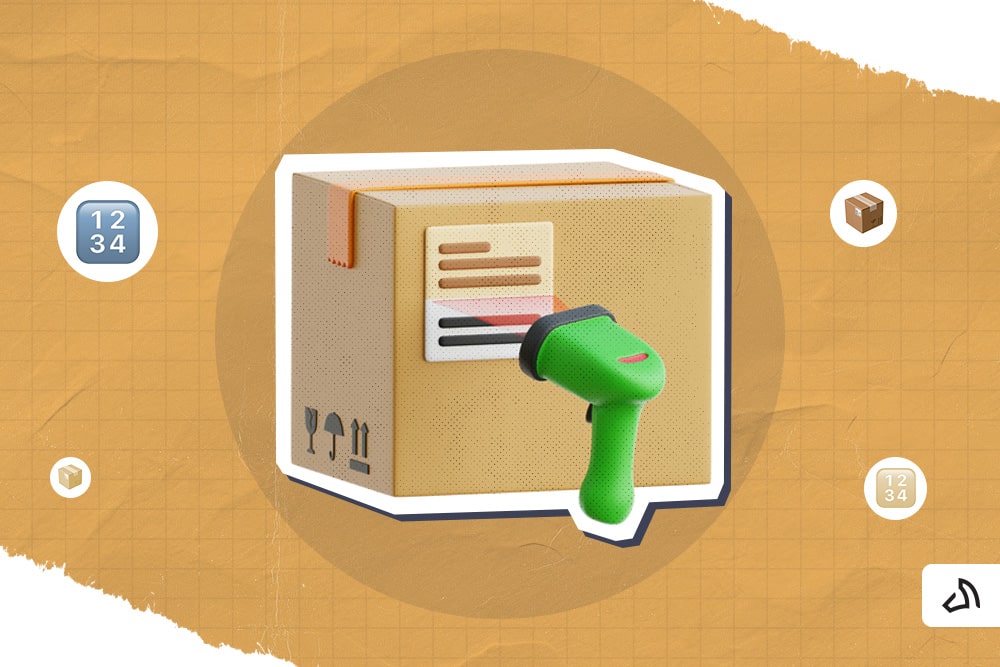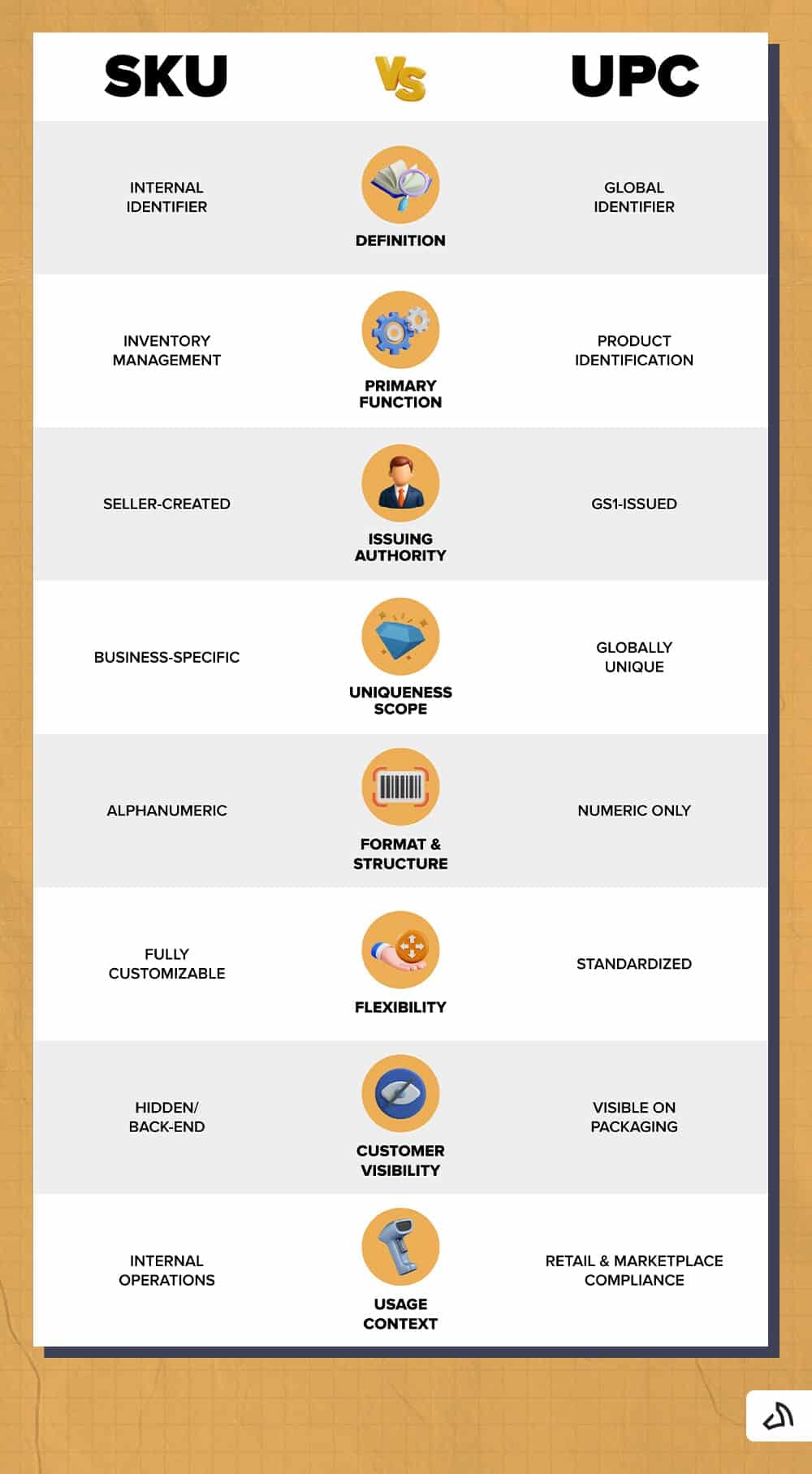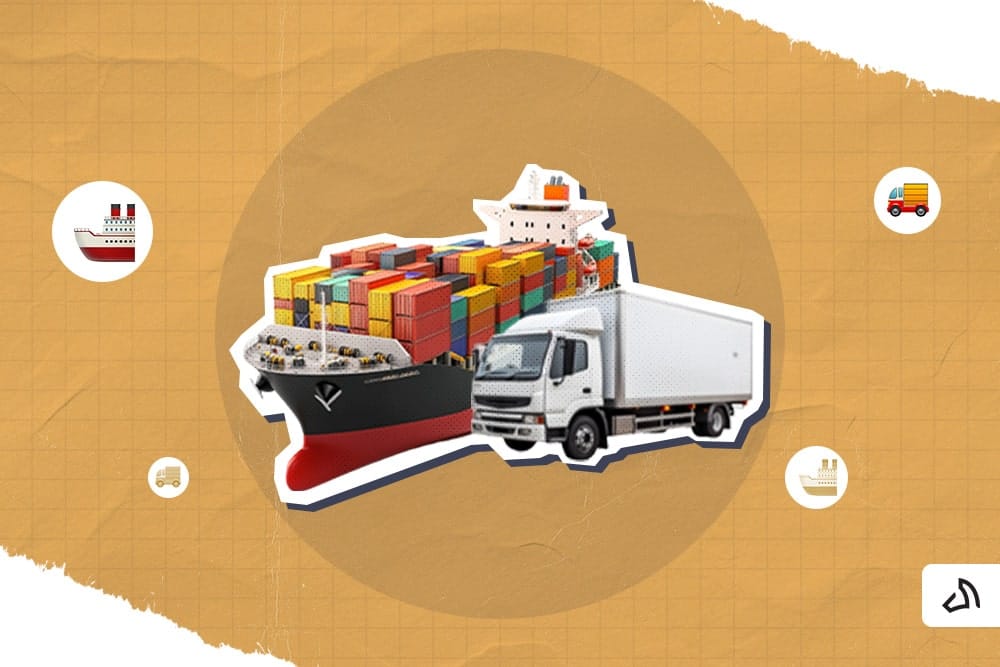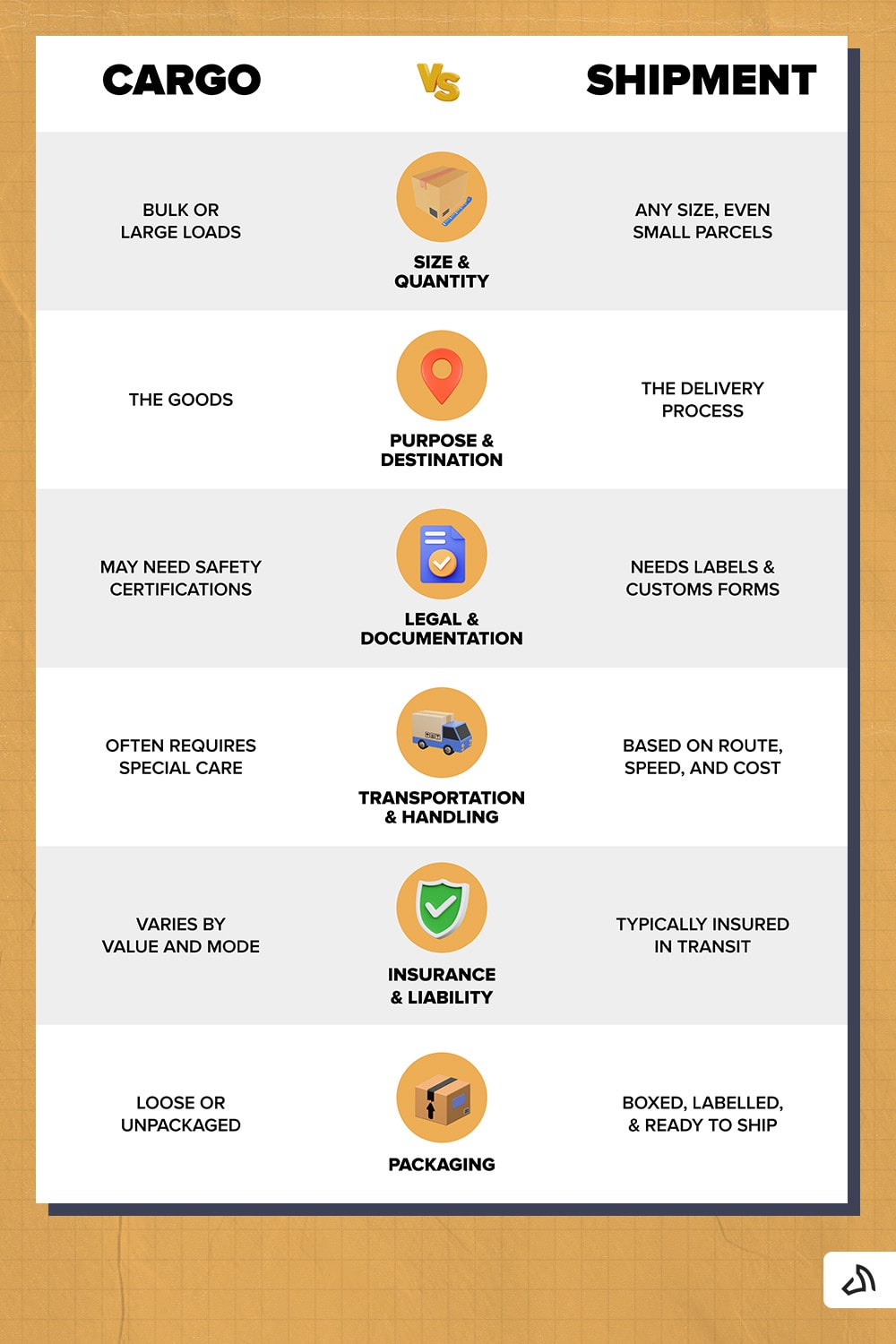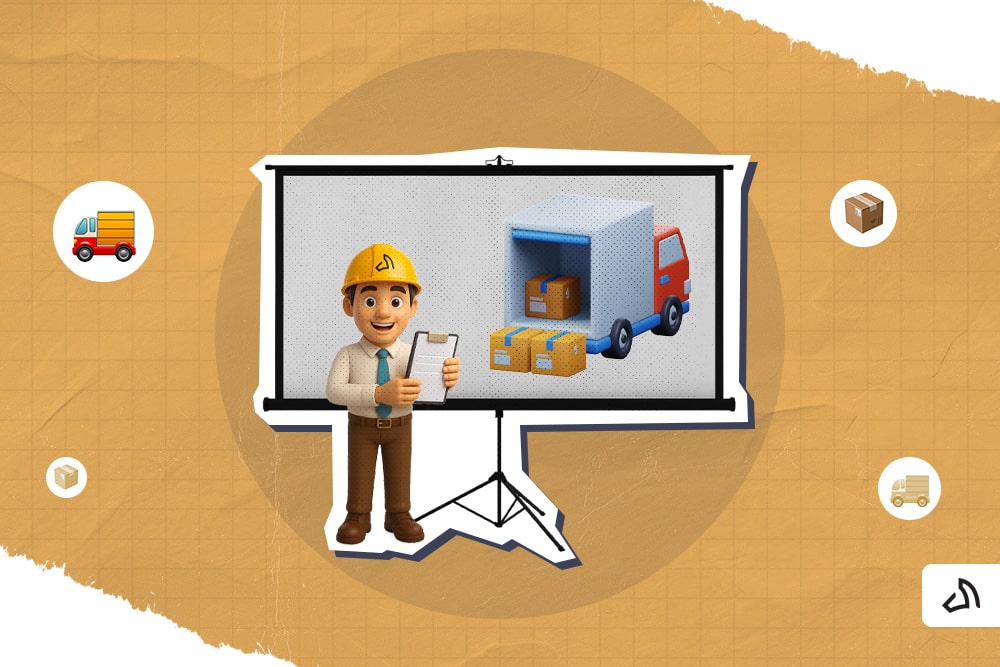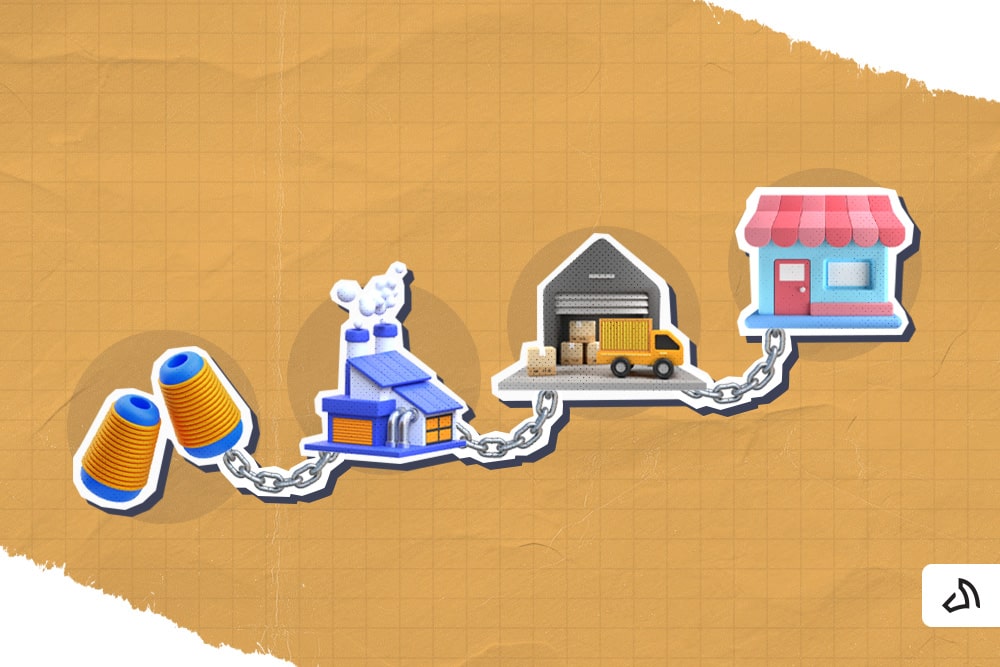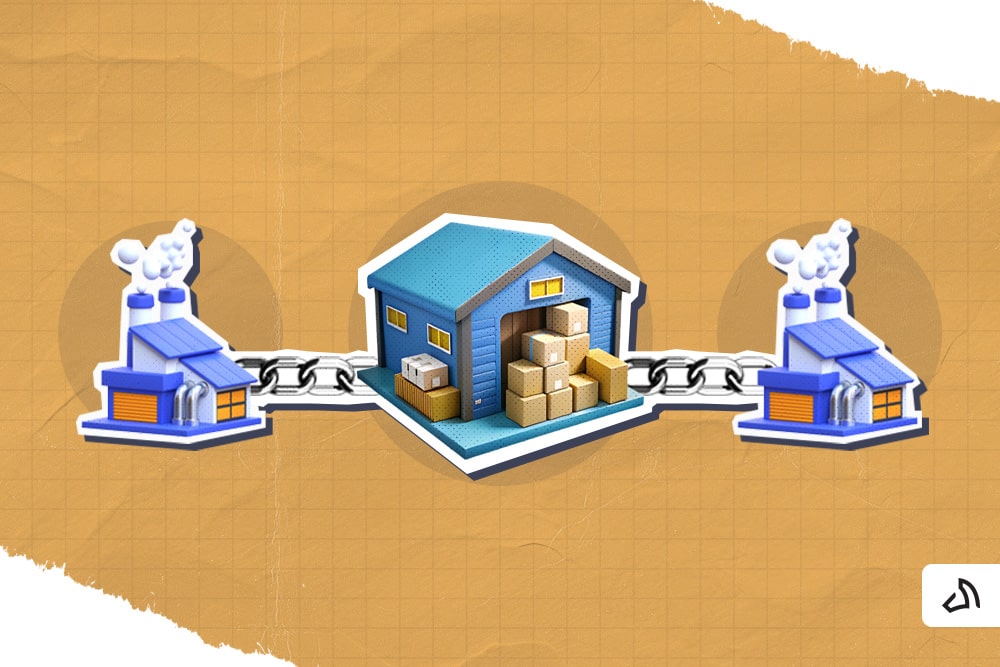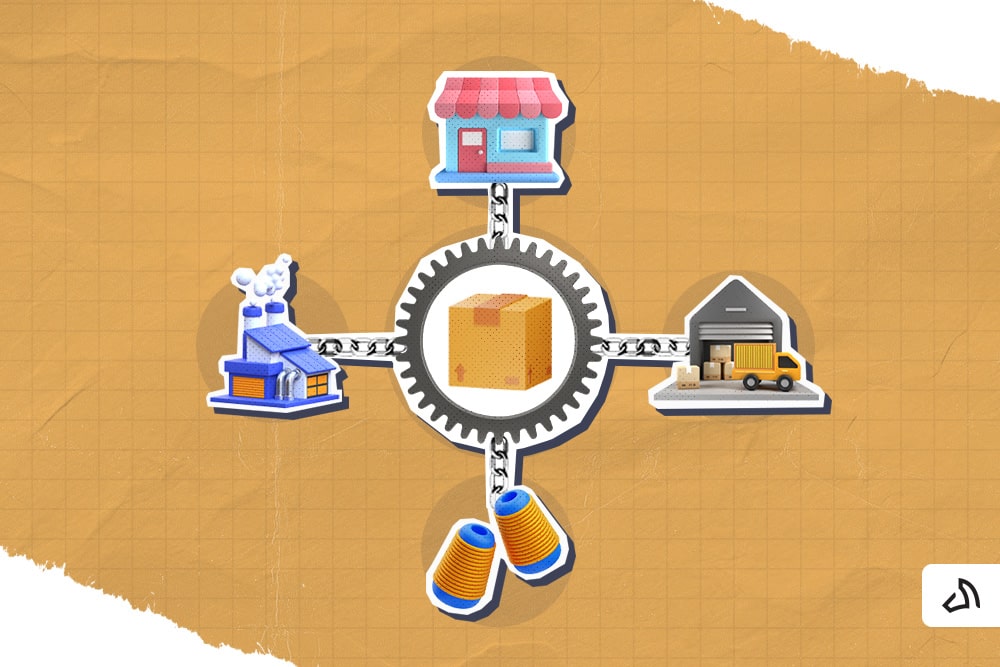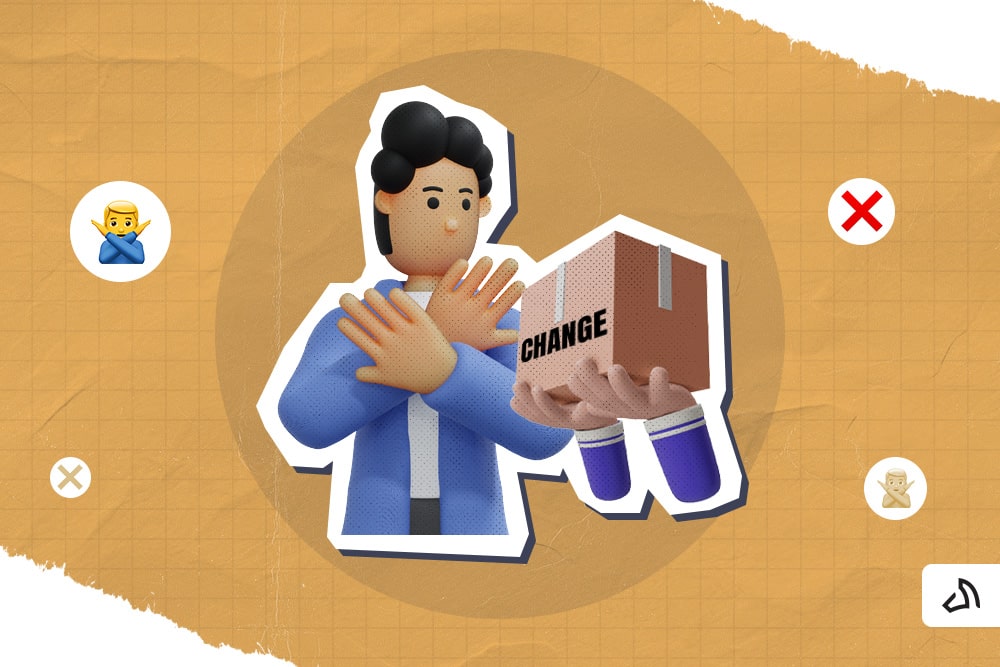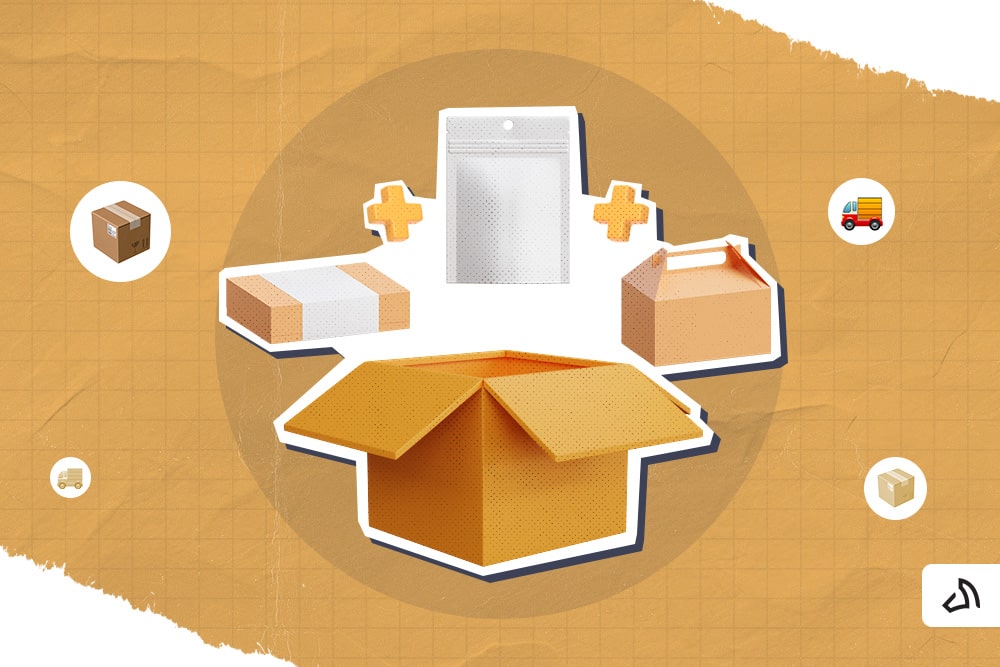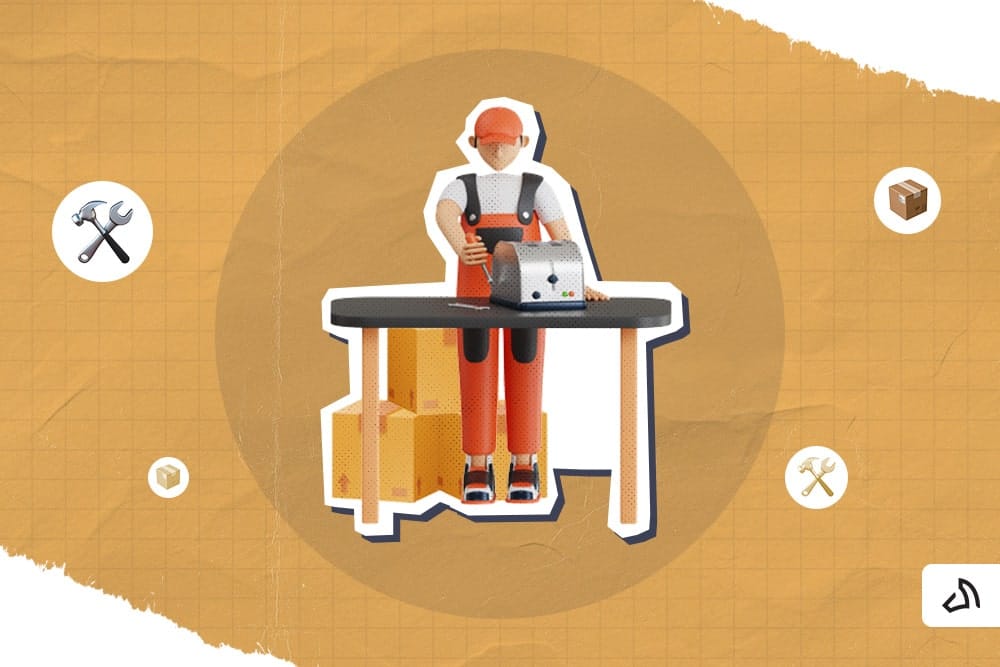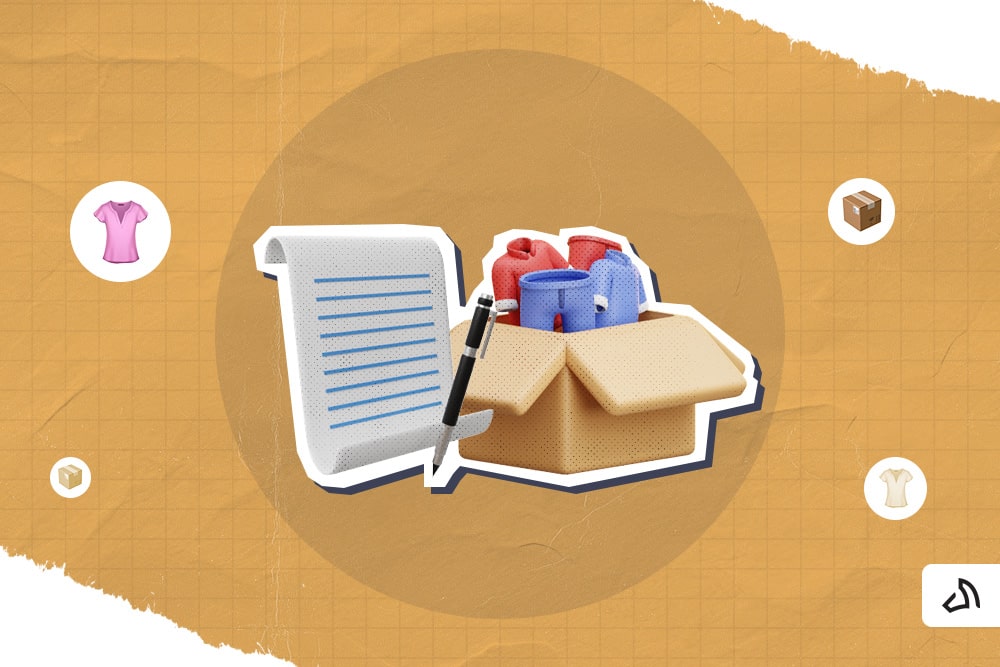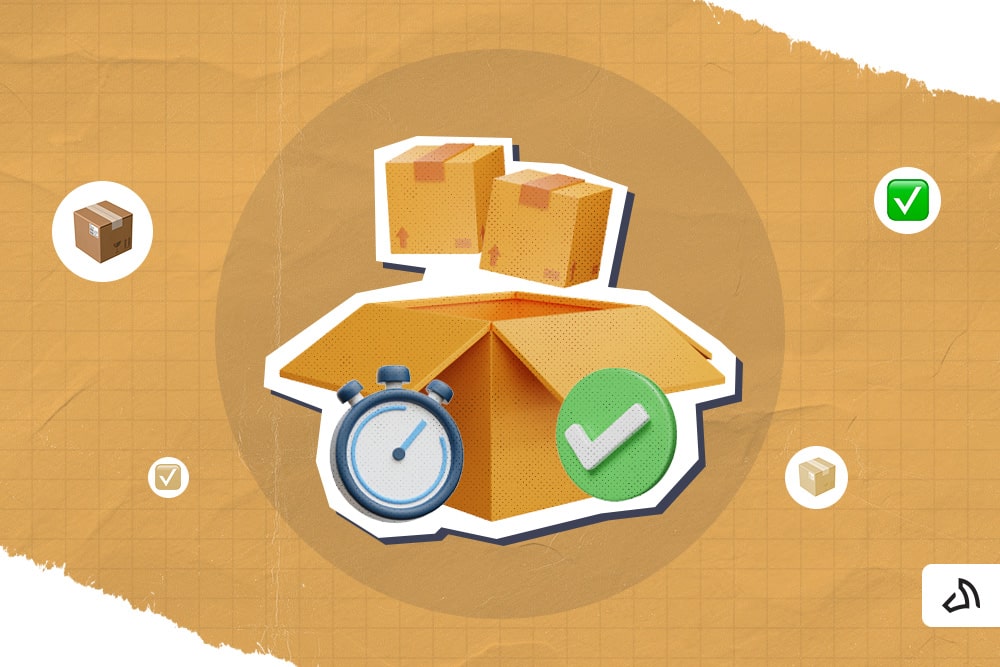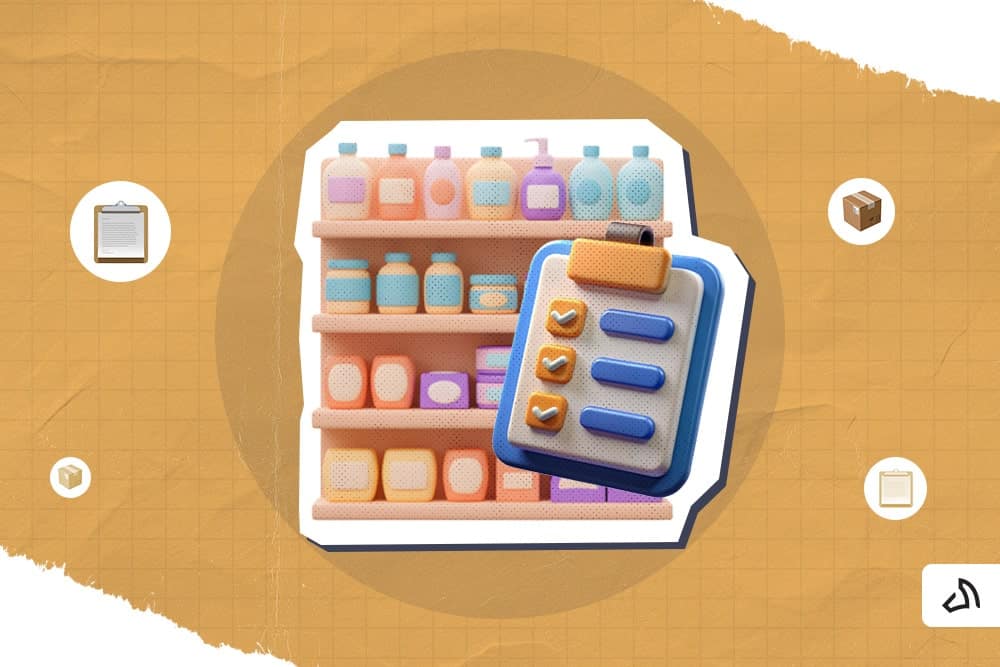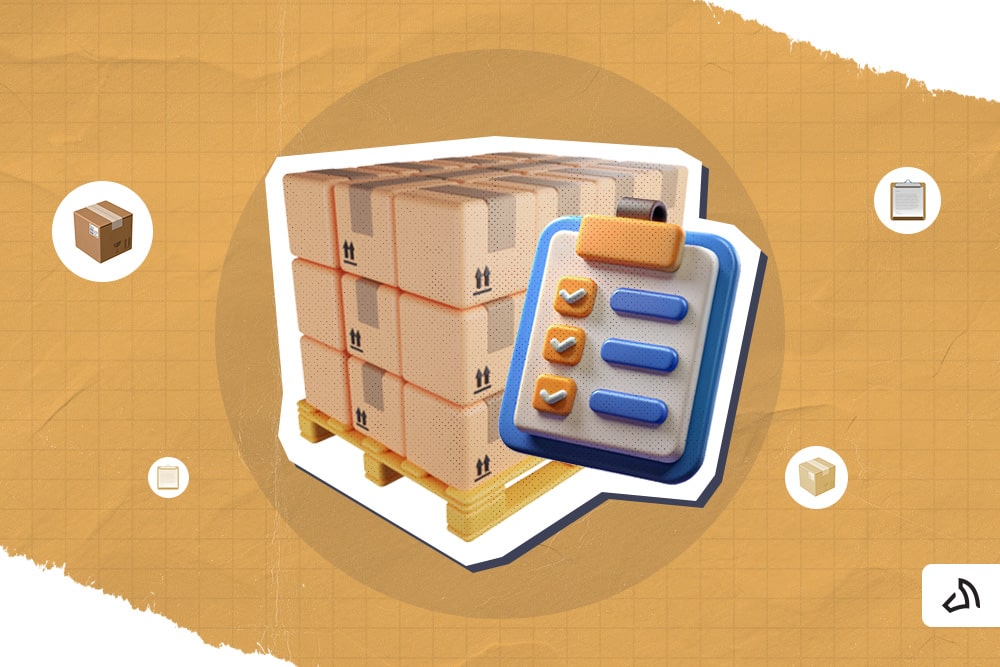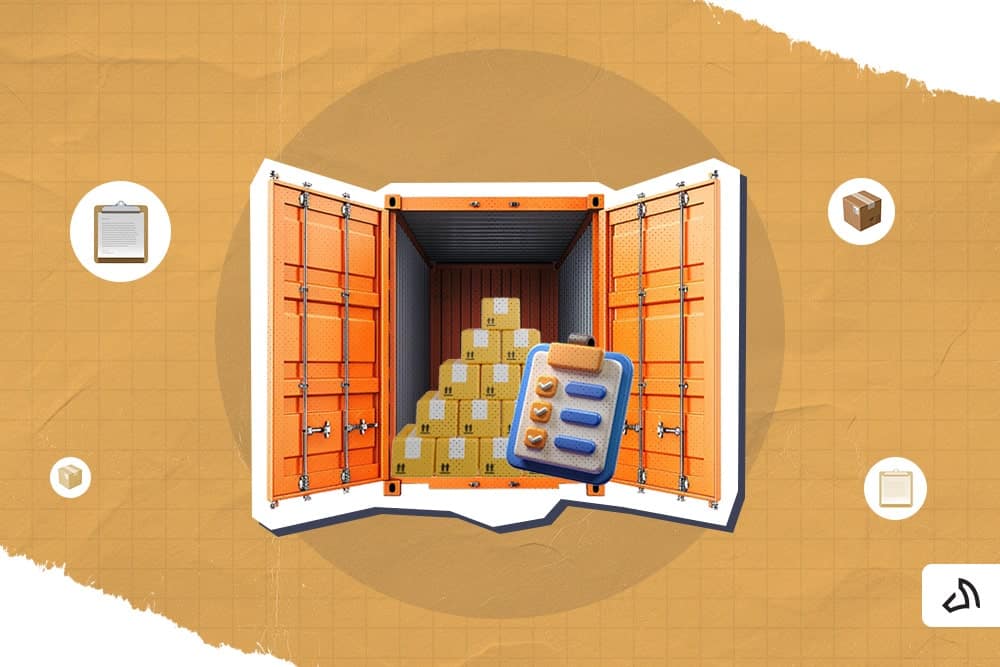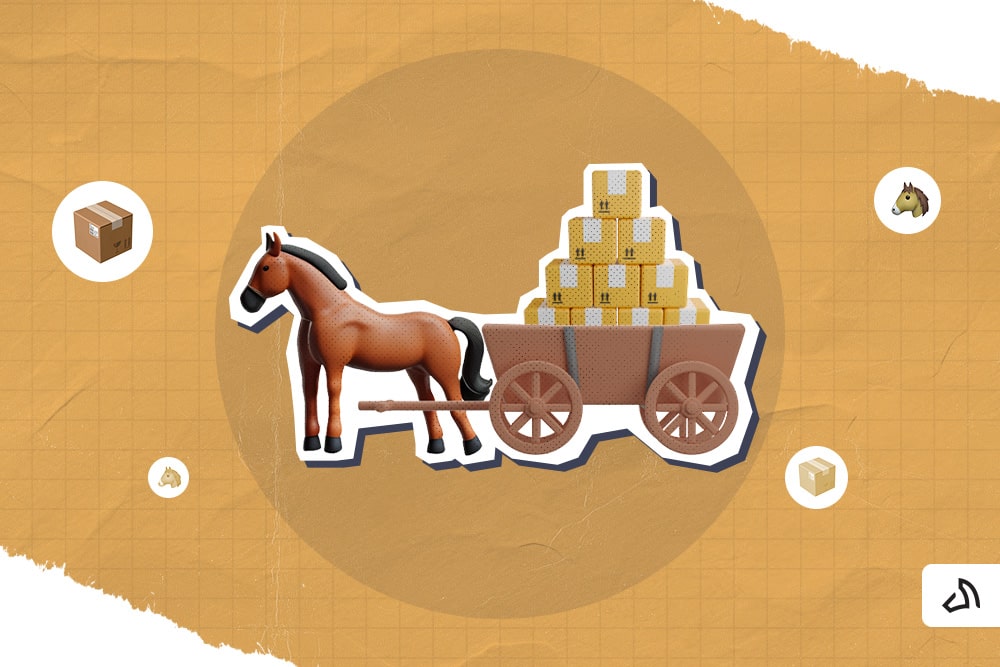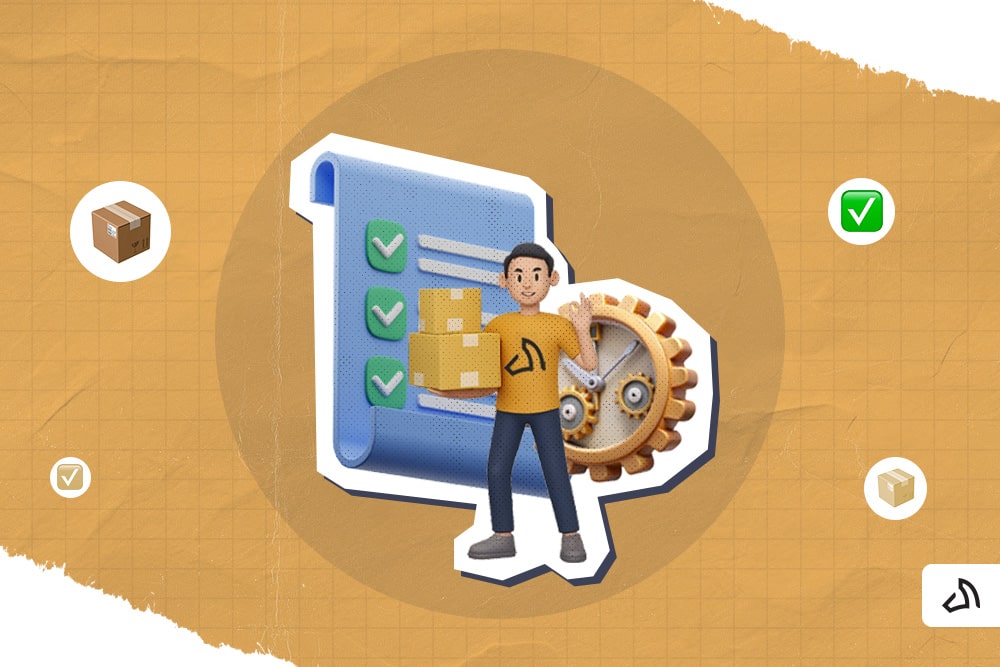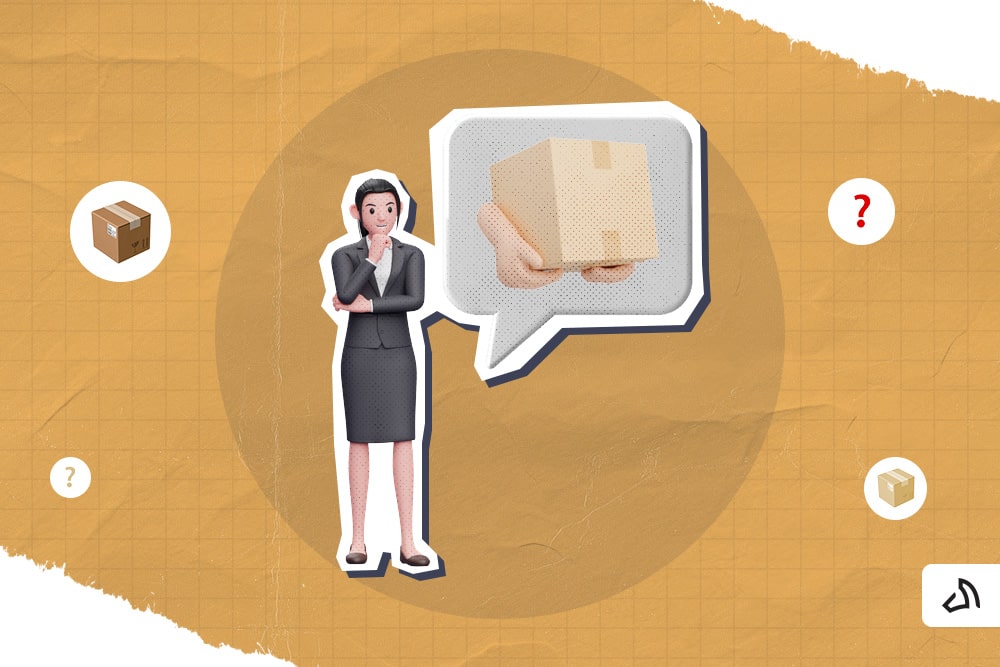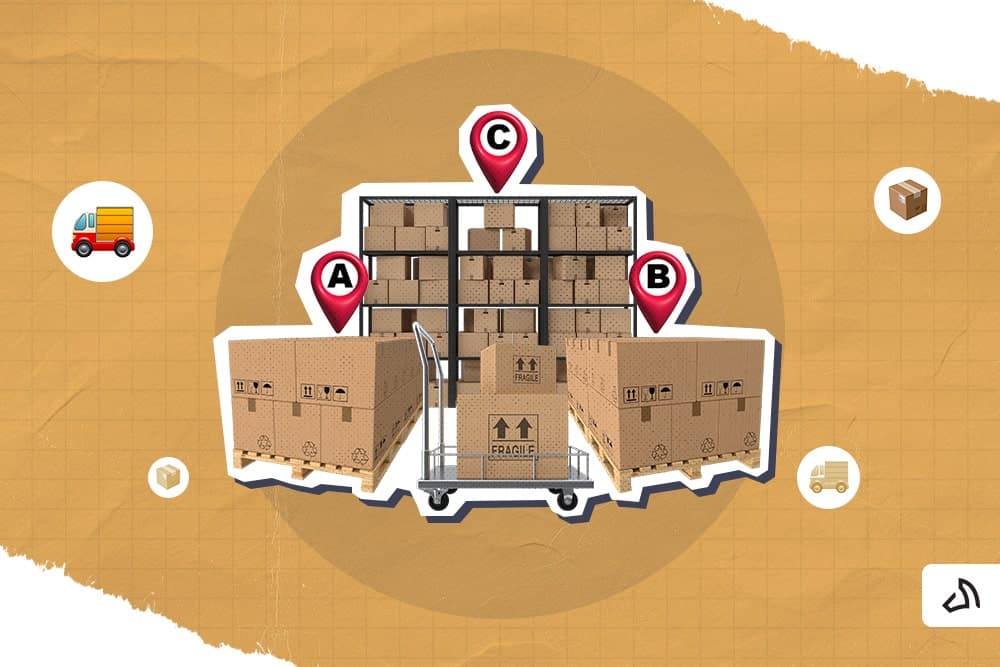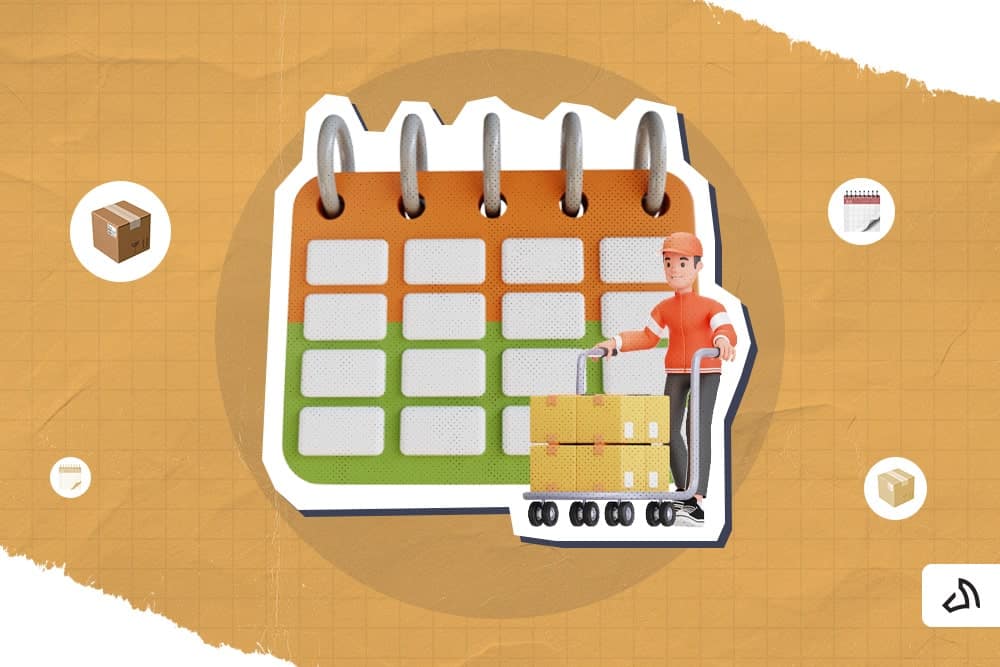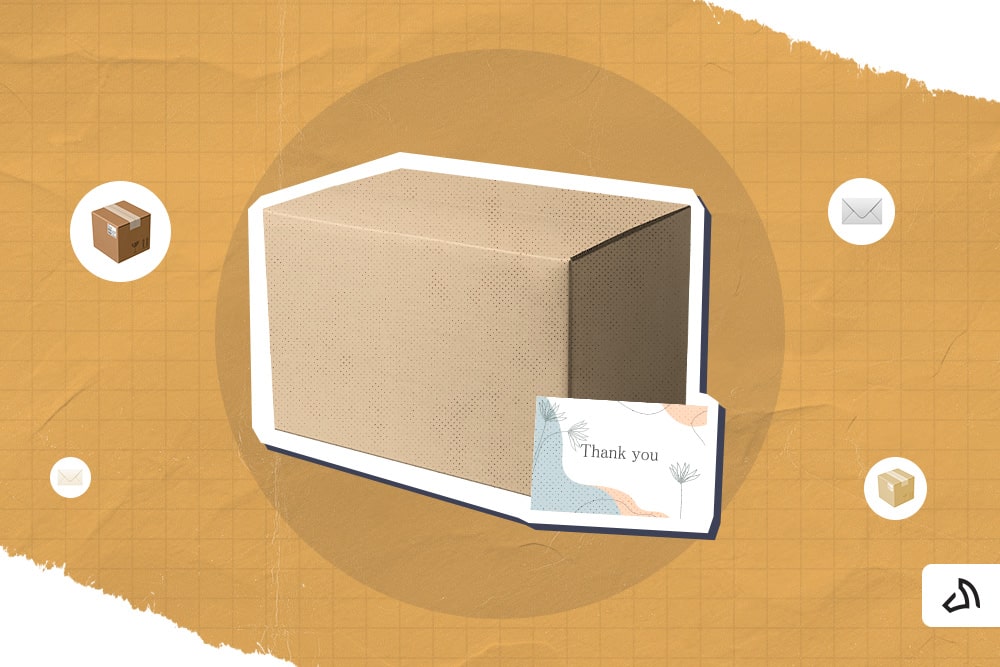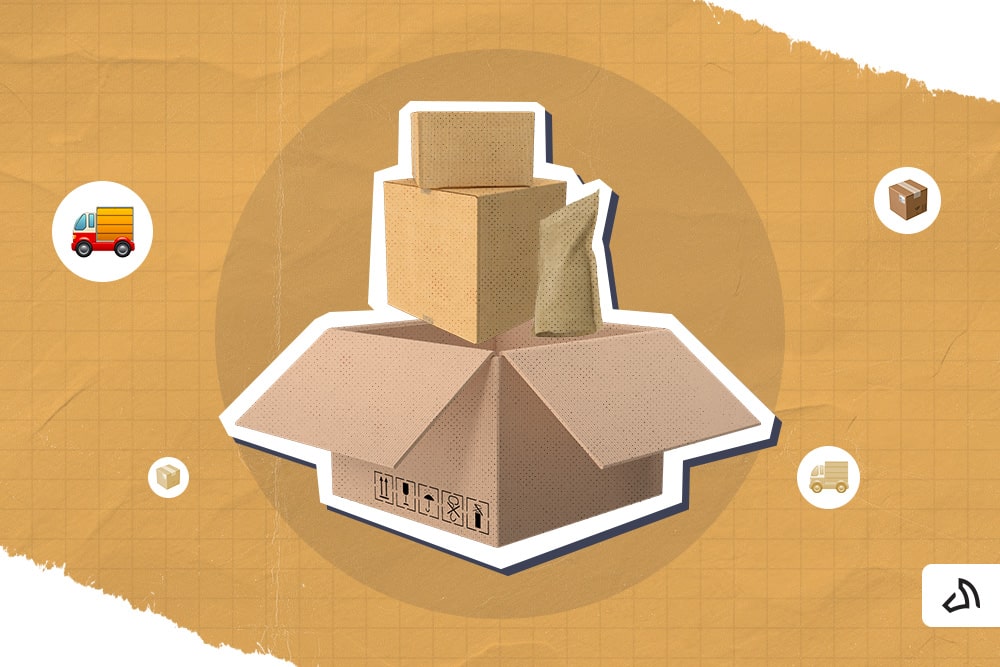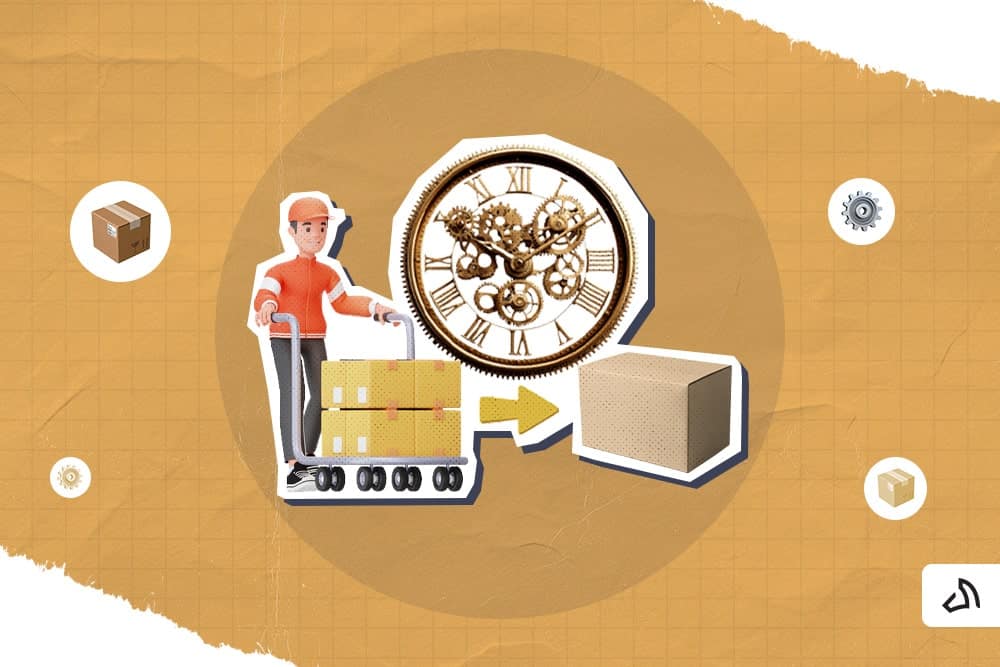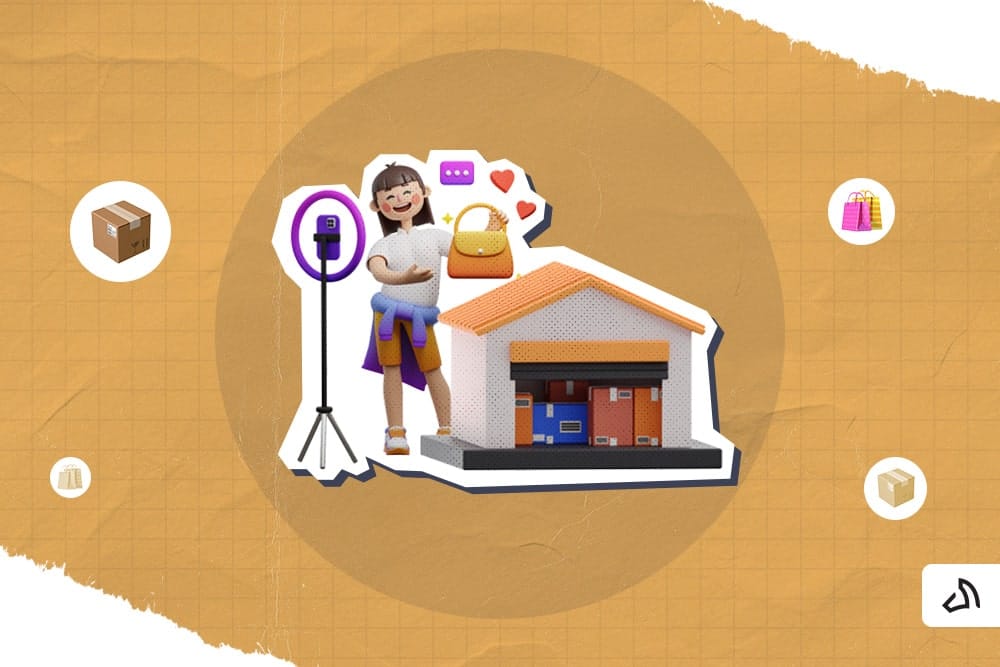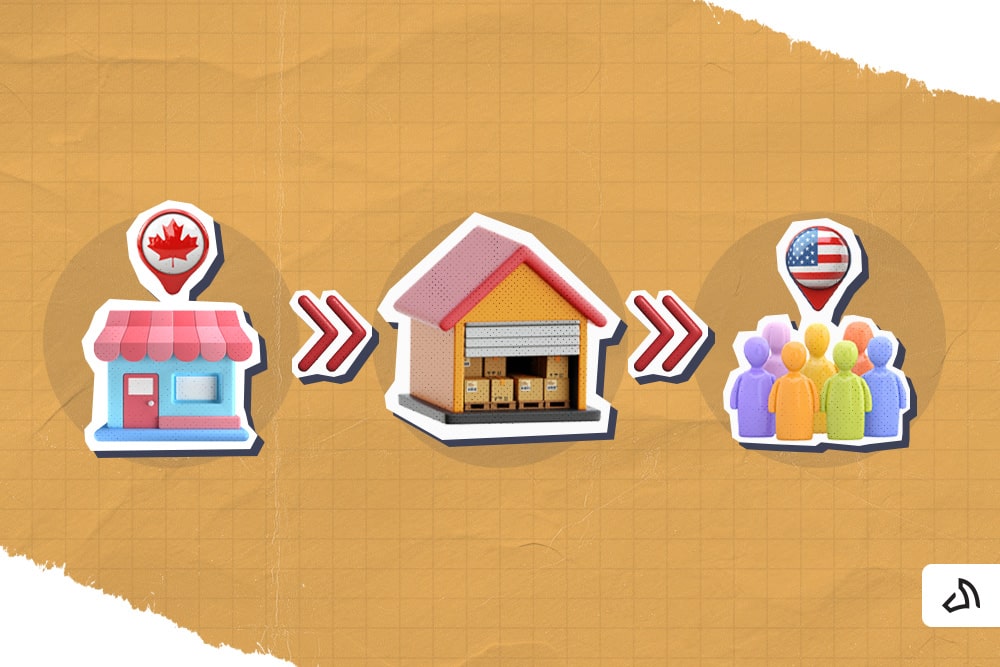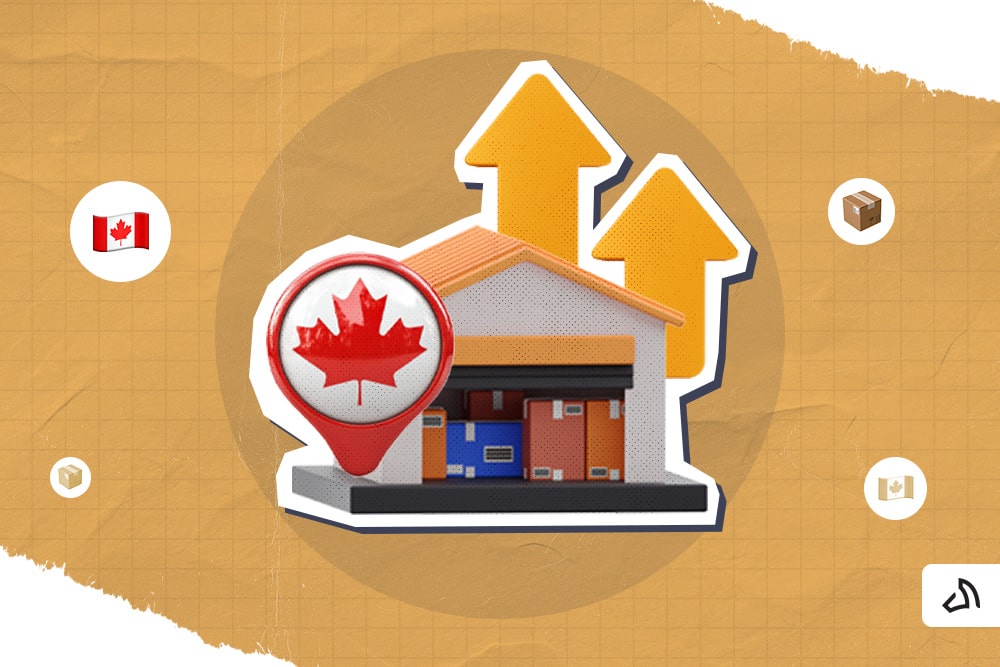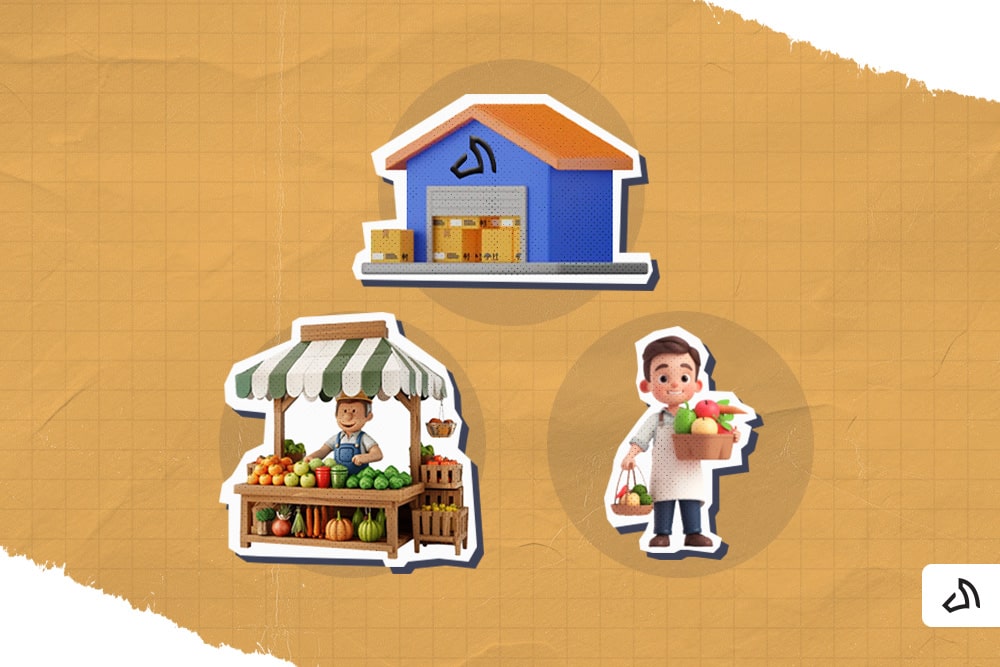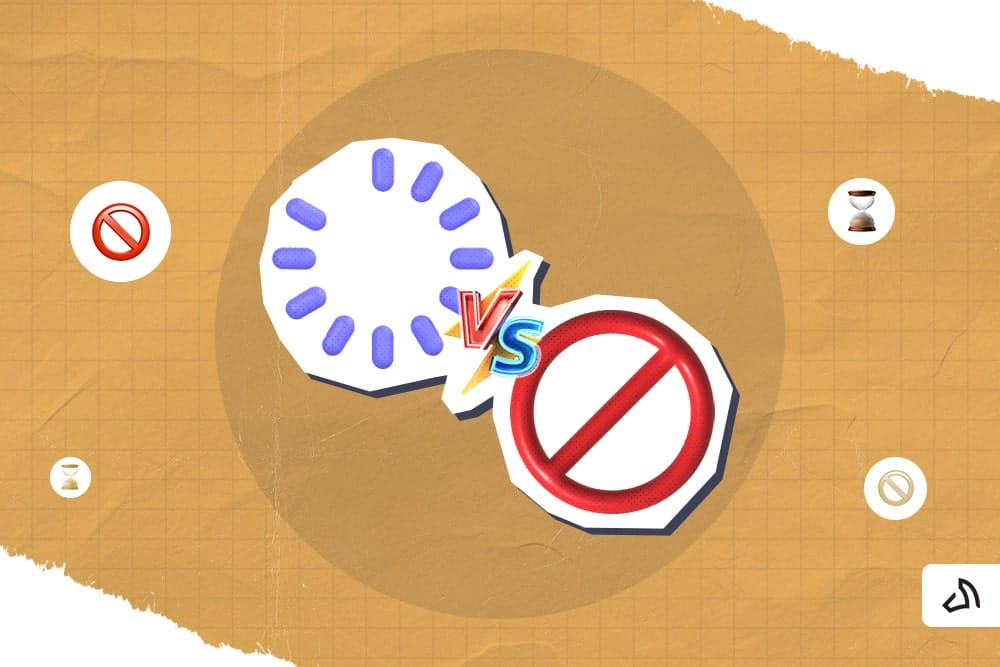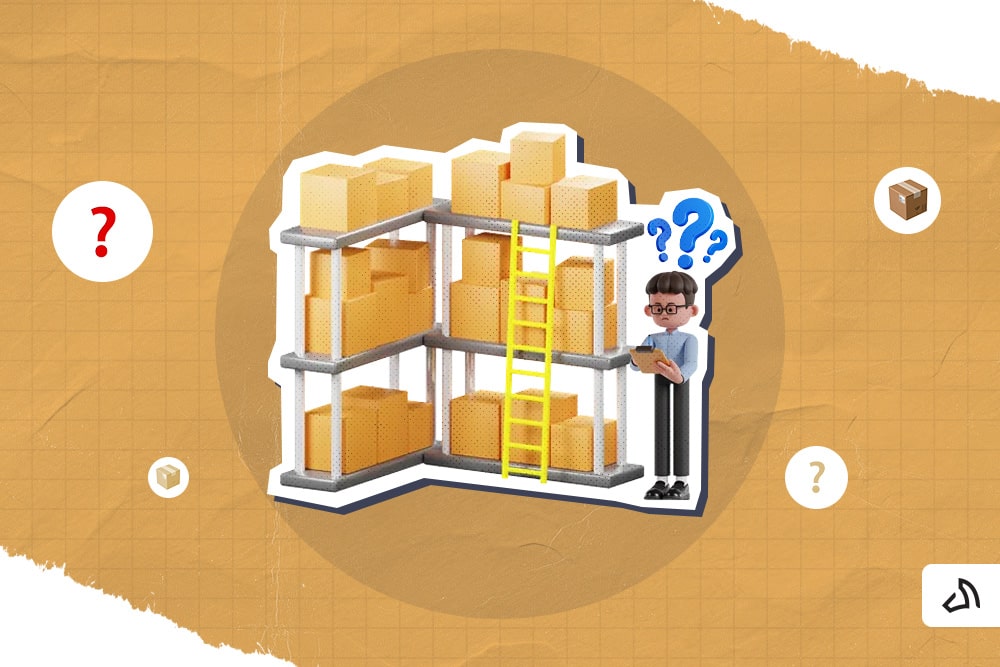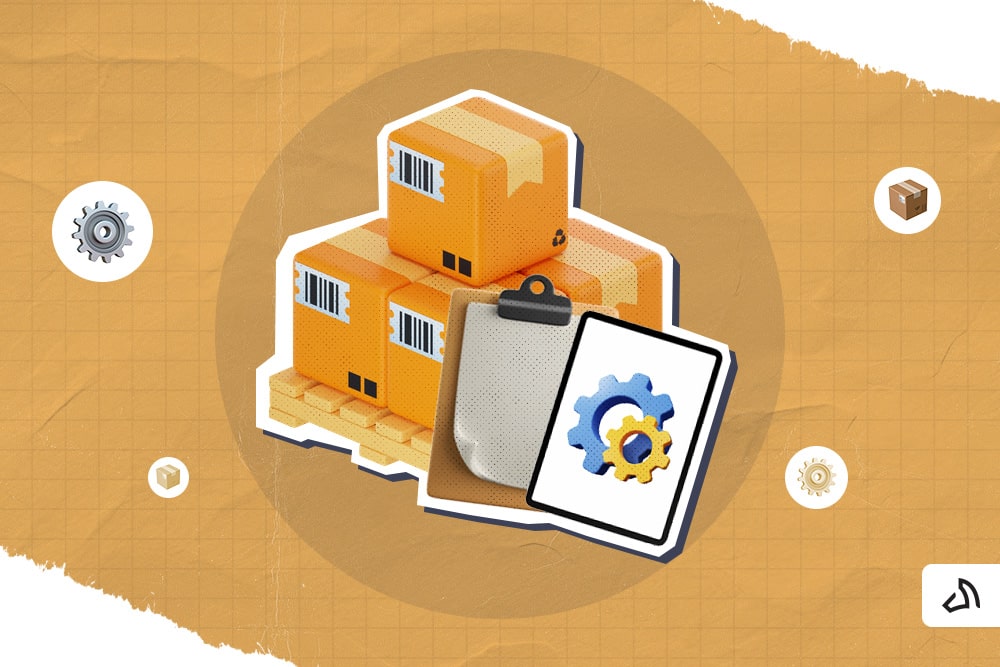Stickering 101: What It Is and Why It Matters in E-Commerce
You've probably heard the term stickering tossed around, especially if you work with warehouses, 3PLs, or platforms like Amazon. It sounds like it's just about slapping labels on boxes, but it is a big deal in eCommerce.
This guide breaks down what stickering means, how it works, and why it's a significant part of running a successful eCommerce business.
Key Takeaways
- Stickering is the process of labelling products to ensure accurate tracking and fulfillment.
- You complete manual stickering by hand, while automated stickering uses machines for speed and accuracy.
- 3PLs handle stickering by receiving products, applying labels, and storing them for fulfillment.
- Best practices include using durable labels, keeping SKUs organized, ensuring compliance, and considering eco-friendly options.
- Common mistakes include incorrect placement, inconsistent formats, and skipping stickering for bundled products.
What is Stickering?
Stickering is the process of labelling your products with the correct stickers so that they're trackable and ready for sale, such as:
- Barcodes
- SKUs
- Compliance labels
Without stickering, your inventory would be a mess, and orders would be harder to fulfill. Mistakes would also happen way more often than expected.
Manual vs Automated Stickering

Not all stickering processes are the same. Some businesses create custom stickers by hand, while others rely on machines to do the heavy lifting. Let's break it down:
Manual Stickering
It is precisely what Manual Stickering sounds like. Someone physically sticks labels onto products one by one. However, this process only works fine if you're dealing with smaller volumes. If the orders start piling up, it can get slow and prone to human error.
Automated Stickering
Automated stickering uses machines and software to print labels and apply them faster and more accurately. It is common in big warehouses and fulfillment centres. It streamlines the process and helps ensure every product has the correct label.
When and Where Does Stickering Happen in the Supply Chain
Stickering can happen at different points in your supply chain. Sometimes, it's done right at the factory before items enter the shipping process. Other times, the warehouse or fulfillment centre handles it before storage or shipping.
Either way, the goal is the same for everyone. You want to make sure your products have clear labels and are ready for tracking, storage, and delivery.
How 3PLs Handle Stickering for ECommerce Business
If you're outsourcing fulfillment, your 3PL partner can take care of stickering for you in coordination with shipping providers. Here's what that usually looks like:
1. Receive and Inspect Products
Your 3PL partner receives your shipment from the shipping carrier first. Then, they check it for damage and flag the items that need labels. This process ensures nothing slips through the cracks.
2. Apply Stickers According to Requirements
Next, the 3PL partner applies the correct stickers. It can be:
- Barcodes
- FNSKUs for Amazon
- Custom label on an envelope
- Custom branding for shipping boxes
They'll follow your exact requirements so your products are retail- and platform-ready.
3. Store and Fulfill Orders with Labelled Products
Finally, once everything has labels, the 3PL company stores your products in the warehouse. When an order comes in, the fulfillment team will complete the process on your behalf without any hiccups. It includes tasks, such as:
- Picks the items from the storage
- Packs the package
- Places the labelled items, including shipping labels
- Hand them off to the shipping services
Why Stickering Matters in E-Commerce
So why should you care about stickering? Because it impacts your shipping operations. Here's how:
Ensures Inventory and Order Fulfillment Accuracy
Proper stickering can mean a lot of things, including:
- You or the fulfillment team can pick and pack your items correctly.
- It's easier to create a cost-effective workflow.
- The overall shipping experience will improve by reducing the number of incorrect item deliveries.
Supports Branding and Compliance
Custom labels create a lasting impression and reinforce your brand. On the other hand, compliance stickers (like warning labels or important requirements) keep you out of regulatory trouble.
Reduces Shipping Errors and Returns
Correct labels mean:
- Fewer mistakes
- Lower shipping costs
- Fewer returns
- Happier customers
It's as simple as that.
Best Practices for Stickering
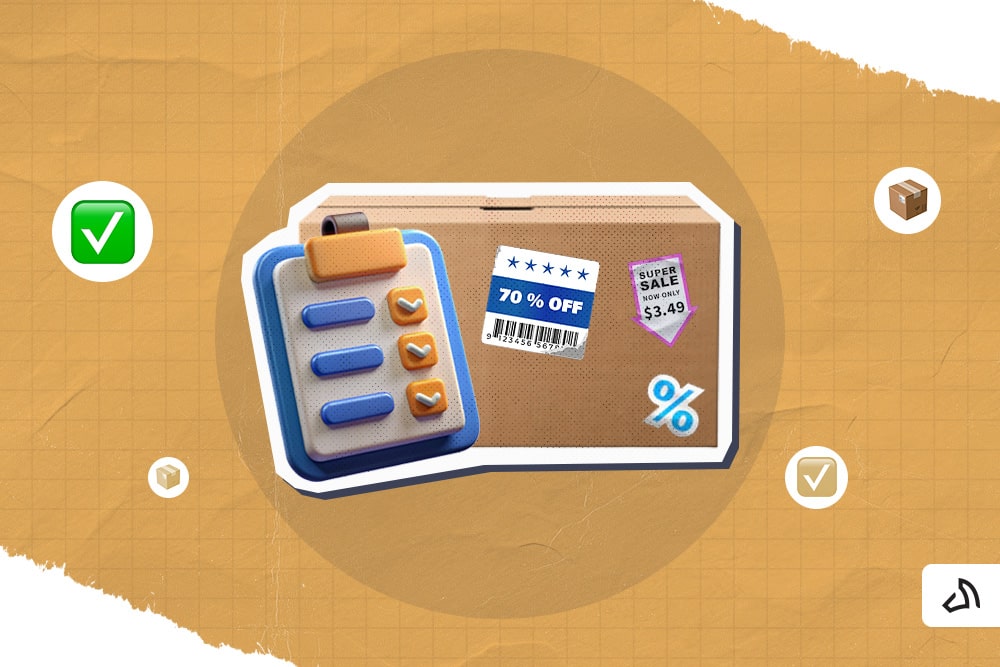
If you're handling stickering yourself or working with a 3PL, make it part of your shipping strategy. Here are some of the best practices:
Use Scannable, Durable Labels
Customized stickers or not, you want them to survive handling and shipping, regardless of the destination. Therefore, use scannable, durable shipping stickers. Additionally, ensure that you create a shipping label and stickers using a reliable printer or a sticker maker.
Keep SKUs and Shipping Labels Organized
Keep SKUs and labels organized to prevent confusion in the warehouse, ensuring that products are placed in either a box or a mailer correctly.
Ensure Compliance with Destination Regulations
Ensure accurate shipping by following destination and platform requirements. Also, always label your packages correctly. A simple typographical error can cost you high shipping expenses.
Consider Eco-Friendly Options
Consider eco-friendly options, such as sustainable packaging materials. These items can create a positive customer experience, especially for eco-conscious shoppers.
Common Mistakes to Avoid
Even experienced sellers slip up with stickering. Watch out for these common pitfalls:
Incorrect Placement or Labelling
Incorrect placement or labelling can make your products hard to scan. Inaccurate information, such as the package weight or addresses, can be a crucial issue you want to avoid.
When You Label Your Packages with an Inconsistent Sticker Format
Inconsistent sticker format across products can confuse the staff about where to look when completing orders. This inconsistency will slow down warehouse operations and disrupt e-commerce shipping.
Skipping Stickering for Bundled or Kitted Products
When multiple items are bundled or kitted together (e.g., a gift set or subscription box), each item might have its own SKU. Without proper labelling, warehouse staff may not know whether to scan the bundle as a single unit or separate items.
How to Create A Custom Sticker
Sometimes, basic barcodes aren’t enough. You might want stickers that also reflect your brand. Here’s how to create one:
- Decide the Purpose. Is the sticker for branding, product details, compliance, or all three? Knowing the purpose helps you design the correct type of sticker.
- Choose the Right Material. Think about durability. For example, waterproof vinyl stickers work well for cosmetics. Meanwhile, paper stickers might be enough for apparel.
- Design the Layout. Include your logo, product name, barcode/SKU, and any mandatory information (like "fragile," "Made in China," or warning labels). Keep the design clean so it’s easy to read.
- Use A Sticker Printer or Service. You can design your own stickers using free tools like Canva. Then, print them through a professional printing service or ask your 3PL if they offer custom sticker printing.
- Test Before Mass Printing. Always print a small batch first. Make sure the barcode scans properly, the material sticks well, and the design looks good on your packaging.
Final Thoughts
At the end of the day, stickering might not be the flashiest part of running an eCommerce business. But it's definitely one of the most important.
From inventory accuracy to smooth shipping and improved customer satisfaction, the proper labels make a huge difference. And if you'd rather not deal with it yourself, that's where a 3PL comes in.
Create Lasting Impression with Stallion’s 3PL Solutions
Stallion is not just a cross-border or domestic shipping partner.
With Stallion, your trusted 3PL partner, Canadian sellers can offload the headache of stickering and fulfillment.
We can:
- Handle the labels, storage, and delivery
- Give you access to competitive shipping options
- Provide you with discounted shipping rates
Plus, we're partnered with reputable couriers like Canada Post and USPS to make your shipping more seamless. That way, you can focus on growing your business instead of worrying about logistics.
Aman looks after the content marketing department at Stallion Express. He is passionate about helping businesses grow by providing informative and up-to-date trends in the eCommerce industry. Outside the office, you can find him on the soccer field cheering on Real Madrid.
